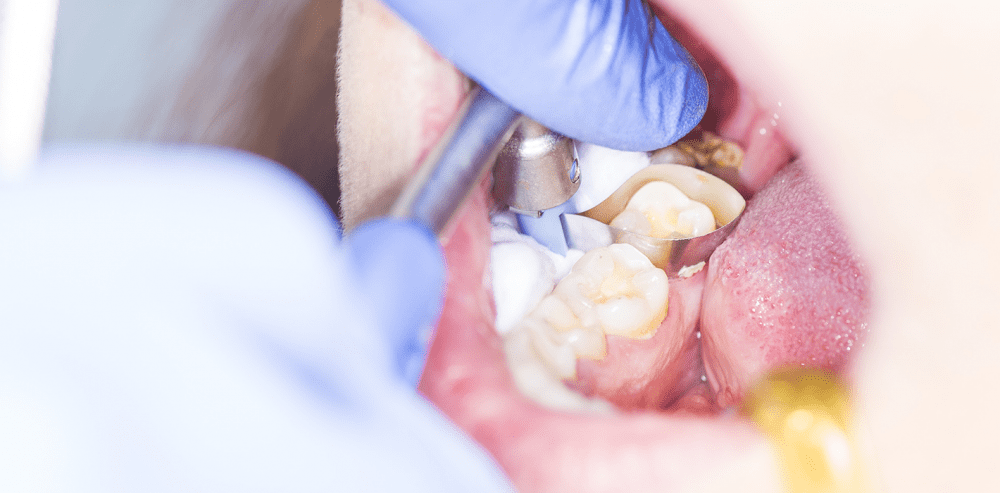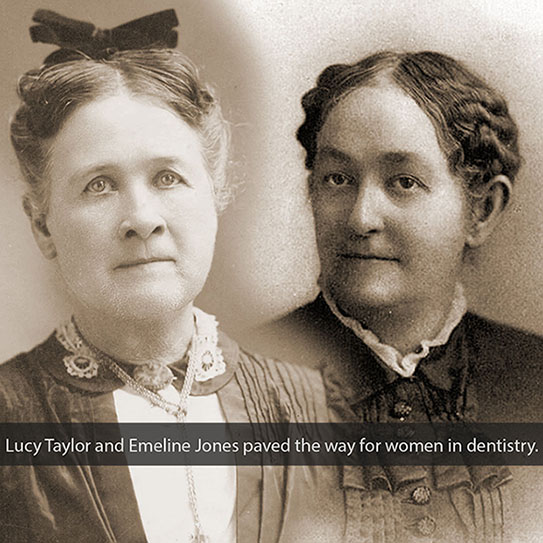What is Dental Bonding?
What is Dental Bonding?

Dental bonding is one of the easiest and least expensive ways to improve the appearance of your smile. Dental bonding, also known as cosmetic bonding, is pain-free and provides long-lasting results. Cosmetic dentists use dental bonding to repair teeth, change the shape of teeth, or to close gaps between teeth.
What is Dental Bonding Made Of
Dental bonding uses tooth-colored composite resin. Cosmetic dentists use composite resin because it has properties similar to enamel and dentin, which are two main components of natural teeth. Enamel and dentin are what make teeth strong and resilient. The composite resin used for dental bonding has a similar structure to enamel and dentin, making it a great cosmetic choice for teeth.
The Dental Bonding Process
You will be considered a candidate for dental bonding if you are only looking for a cosmetic or minor dental issue fix. If you have an imperfect bite, orthodontic treatment will be recommended over dental bonding. This is because when you bite down with a misaligned bite, a misaligned tooth will exert excess pressure which could damage bonded teeth.
First, the dentist selects the composite resin color that most closely matches the color of nearby teeth, and applies the resin to the tooth. Often patients will whiten their teeth before dental bonding to brighten the smile before the composite resin color is chosen. The dentist then uses an ultraviolet light to harden the dental bonding material. Finally, the cosmetic dentist shapes and polishes the resin so that it matches the shape, size and luster of surrounding teeth.
The entire process takes 30 minutes to an hour to complete for each tooth. The dental bonding procedure is painless and does not require the use of anesthesia. Your dentist will suggest that you avoid certain foods and tobacco use for the first 24 to 48 hours to minimize staining on the fresh composite resin.
Because cosmetic dentists can perform cosmetic bonding in a single visit, dental bonding is a convenient cosmetic dentistry choice. Other cosmetic dentistry procedures, like the one needed to get veneers, can take much longer and require multiple visits. Veneers are thin, porcelain tooth coverings made in a laboratory. Getting veneers usually requires three or more visits to the dentist and a 1 to 2 week wait for the veneers to come back from the laboratory.
Uses for Dental Bonding
Dental bonding has a variety of uses. Cosmetic dentists will use dental bonding for a variety cosmetic and restorative fixes. Because it is strong and easy to use, dentists use dental bonding to:
- • Fill cavities
- • Repair cracked or chipped teeth
- • Improve the cosmetic appearance of discolored or stained teeth
- • Close gaps between teeth
- • Change the overall shape of teeth or make teeth appear longer
- • Protect an exposed portion of the root resulting from receding gums
Benefits of Dental Bonding
There are a number of benefits to choosing dental bonding over other cosmetic dentistry approaches.The benefits of cosmetic bonding include:
- • Versatility in repairing damaged or broken teeth
- • Faster and more convenient for the patient
- • Requires less removal of tooth enamel
- • Can easily fix gaps in teeth
- • Made from durable material
- • Matches the color and shape of adjacent teeth
- • Provides natural looking results
- • Can be easily altered or replaced in the future
- • Perfect for developing smiles
Maintenance and Care of Dental Bonding
With proper care and maintenance, cosmetic bonding can last 10 years or longer. The lifespan of dental bonding depends on the location of the bonded tooth. Dental bonding on teeth like the back molars that are used to chew, will not last as long as front teeth.
Dental Bonding Maintenance Do’s
- • Maintain good oral hygiene by brushing twice a day and flossing once daily. Brush and floss around the bonded teeth carefully and thoroughly to remove food and dental plaque without disturbing the bonding material.
- • Use a mouth guard if you grind your teeth at night. Grinding your teeth, known as bruxism, can put pressure on the bonded tooth.
- • See your cosmetic dentist frequently. Your dentist will check on the bonded tooth to make sure it is securely in place and is in good condition. Your dentist may be able to recommend routines and tips for keeping your dental bonding in the best condition possible.
Dental Bonding Maintenance Don’ts
- • Avoid chewing on ice, hard candy and other substances that might crack or chip the composite filler. Do not chew on pens, fingernails or other objects.
- • Avoid cigarette smoke, coffee, tea, red wine and other substances that can stain teeth. The materials used in dental bonding are porous, which means they can turn yellow from smoke or absorb stain-causing pigments.
When it comes to your smile, you want to be able to show your teeth confidently. Dental bonding is a great cosmetic fix for minor cosmetic flaws, and both cost effective convenient. If you are on the fence about dental bonding, make an appointment with a qualified cosmetic dentist to see this cosmetic procedure could change your smile for the better.
Serving the North Raleigh area for 18 years, VP Dental is dedicated to treating each patient as an individual and focuses on total body health. The team stays current using the very latest in dental technology, wellness practices, and concierge dental care practices. Our goal is to create relationships that make people look and feel their best.






